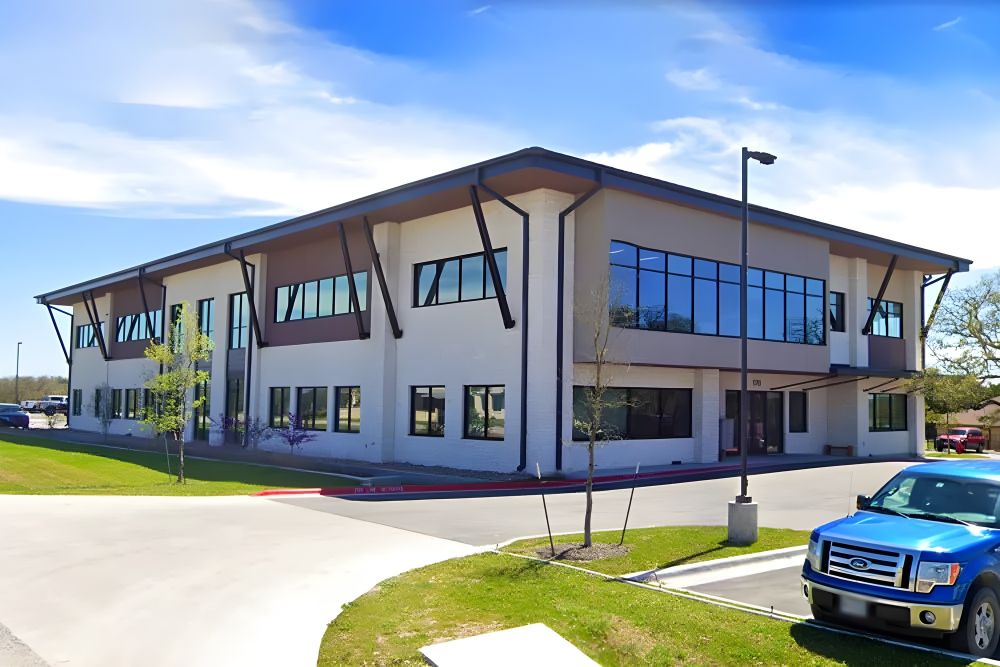Some of the common risk factors for developing facet joint syndrome include:
Aging: The risk of facet joint syndrome increases with age. As people grow older, the facet joints can undergo degenerative changes, which may lead to arthritis and pain.
Trauma: A history of injuries or trauma to the spine, such as from accidents, falls, or sports injuries, can damage the facet joints and increase the risk of developing facet joint syndrome.
Repetitive stress: Occupations or activities that involve repetitive movements, heavy lifting, or frequent bending and twisting of the spine can put extra stress on the facet joints and lead to wear and tear over time.
Obesity: Excess body weight can place additional pressure on the facet joints, increasing the risk of degeneration and pain. This is one of the reasons why losing weight can help with reducing pain.
Inactive lifestyle: Lack of physical activity and poor posture can contribute to weak core muscles and reduced spinal support, which may lead to facet joint issues.
Smoking: Smoking can negatively affect bone health and contribute to the development of osteoarthritis in the facet joints and other joints.






















